
This analysis is on Acorn, the top laner of LGD. Acorn has been on several different teams over the years that have had some great success. He used to be on GSG, MVP blue, Samsung Blue, and now he is on LGD. He has mostly been known as the supportive top laner whose goal is to help with initiations, execute in team fights, and find flanks on the enemy. Not to say he hasn’t played a carry type role at times. He has played carry oriented top laners and has been in positions which required him to carry, but he has never been known as a clear carry oriented top laner like his teammate Flame.
Before teleport became mandatory it used to be more difficult to find flank opportunities with the unlimited amount of wards and teleport being very punishing if misused. During this time period Acorn developed himself as a highly skilled Rumble player. He would find flanks on his Rumble without teleport and create impactful equalizers to split the enemy team up.
On March 18th, 2014 Riot released patch 4.4 that reduced the cooldown of teleport if used on an ally turret by 100 seconds and buffing the refunded cooldown for cancelling teleport by 50 seconds. Teleport soon started evolving from being a situational tool to a mandatory strategic weapon. On May 5, 2014 Acorn made the switch to using teleport in every situation he was in. Acorn transferred his knowledge of finding flanks and opportunities from the past to the usage of his teleports. Now he is sitting in a similar position as he was in Samsung Blue where he is supporting the two main carries in mid and ADC with his teleports.
The analysis I will be conducting will be on Acorn’s teleport usage and success in all the LGD playoff games including the seeding match against VG.
Overall Teleport Usage
Flank > Objective > Fight > Save Ally > Wave > Match TP = Farm

I want to quickly go over what each teleport usage is. Flank means Acorn is teleporting behind or to the side of the enemy team to cut them off and get to the back line quickly. Objective is a teleport used to appear at a dragon, baron, or buff before an actual fight starts out. A fight is a teleport you would see being used on usually a ward that is in the middle of the enemy team. Save ally is a teleport used to discourage and pressure the enemy off of one of your allies. A wave teleport is used to catch a crashing minion wave no a turret. Matching a teleport is reacting to an enemy teleport with your own. Finally, a farm teleport is teleporting to a location that has a minion wave which isn’t crashing on a turret yet.
Looking at the Acorn’s teleport usage Acorn will prioritize farm and waves 14.28% of the time. This number indicates that he isn’t always using his first teleport for himself. Acorn wants to be more impactful early on then just taking experience and gold. The play style of LGD would also agree with this value since LGD will prioritize farm for Imp over Acorn if they can. To further support this value in the recent analysis I did on TBQ’s gank priority Acorn gets less gank priority than Imp and GODV. Since Acorn receives less priority to help him farm it leaves him more vulnerable to enemy tower dives and ganks. Acorn instead will target his teleports to extend Imp’s lead over his own.
The second set of stats to look at is the usage of teleports for flanks, fights, matching a teleport and objectives. These are usually the most impactful teleports that can be used compared to saving an ally, wave, and farm. The combination of these 4 stats is 73.47%. Acorn is dedicating over 50% of his teleports to actual impactful areas. He isn’t using his teleports often to get his teammates out of bad situations or having to always use teleports to catch farm that can be due to a failed early game.
Overall Teleport Success
Wave, Farm, and Objectives

Not surprising here to see a 100% success rate for wave and farm teleports. It’s very hard to mess this teleport up. The only times it can be a bad teleport is trying to catch a crashing wave without realizing the enemy is preparing to tower dive you right away.
The objective teleports by Acorn seem to bear good results. An 80% success rate on achieving an objective means that Acorn is teleporting in at the right time to be present for an objective fight or just pressing for an objective. It also means that Acorn is managing his teleport usage so it’s up for these objectives.
Fight, Flanks, Match TP, and Save Ally

Let’s first look at matched teleports and save ally teleports. The low kill success for saving an ally is reasonable. The whole purpose of the teleport is to just persuade the enemy to back off your ally. The more worrisome stat is the 50% for achieving nothing. This can mean Acorn is waiting too long to teleport in the first place or teleporting too late. In these two particular cases Acorn is wasting his teleport which gives the enemy team the advantage to make a play with their teleport without fear of a matching teleport by Acorn.
For match teleports Acorn seems have good success. His success rate is 66.67%. He is able to match the teleport quickly enough that his team has a 100% chance of getting a kill, blowing a summoner, or applying pressure. The death rate can be seen as a bit high, but the enemy is getting his teleport off first so he can make the first move. Matching teleports isn’t a common occurrence since teams usually try to play towards their teleport when the enemy’s teleport is on cool down.

The next two teleports to look at are flanks and fights. For flanks the kill success is lower than expected. Obtaining a flank can lead to breaking the enemy team’s formation so they scatter and make isolating a priority target easier. Having flanks go wrong means there is an execution problem. There were multiple games in the playoffs where Acorn had the correct flank set up, but he would commit a bit too early and not wait for his team to show up. An example of this would be LGD vs SS game 2 where LGD wasn’t close to dragon yet, Acorn started his teleport, and SS just moved back towards the teleport ward to force Acorn to cancel it. Another error in flank teleports is using the incorrect ward. What I mean by this is using a ward that is too far away. It takes Acorn longer to get involved and sometimes by the time he shows up the fight is already over. This would be backed up with the 20% nothing achieved. If Acorn can improve on his patience I believe his flank teleports will get better. With an even heavier oriented top lane Meta developing it could mean teleports will become even more impactful.
For fights it seems Acorn has a very high success in securing kills, but a high chance in an ally dying. A success rate of 62.50% with a 87.50% kill success and 62.50% death chance means LGD are trading kills often, but end up coming out ahead still when Acorn teleports in for a fight. Looking at the overall kills and deaths added up from these fights LGD comes out ahead 18 kills to 16 deaths. Fight teleports are mostly based on team execution over anything else. If the enemy quickly disengages and prepare for your teleport it can mean a quick death for Acorn. Another error can be allowing the enemy team to clean up LGD’s 4 other members before Acorn’s teleport comes through. The values we see by LGD show they can keep their team together while waiting on Acorn, but they are prone to mistakes during this time still due to the high death rate.
Overall Specific Teleport Reasoning and Success
1st Teleport
Average Teleport Timing: 7:40
Wave > Farm > Flank = Match TP = Save Ally > Fight > Objective


It’s no surprise to see wave and farm to get highest priority because that is the most common usage of 1st teleports. Several situations early on in the game can call for a teleport to be used for farm and wave. Acorn held a 100% success rate in acquiring creeps in these two types of teleports.

The next priority is flank, match teleport, and save an ally. Matching a teleport and saving an ally are also more common in the first teleport than usually any other phase. Both top laners may hold off on using their teleports which can cause one player to match the other. Saving an ally is also a higher occurrence since players are stuck in the laning portion of the game where ganks by the enemy jungler or even mid lane roams may require the pressure of a teleport to prevent an ally death. Kills can snowball advantages early on since it also usually leads towards a creep score advantage as well making saving someone early on helpful. Based on the success Acorn goes even with matching an enemy teleport early on. He is able to teleport on time when it comes to saving allies early on in the game as well. One cause could be the enemy top laner doesn’t have teleport up to match Acorn’s teleport so the enemy team must back off.
As for flank success it is harder to get this type of play off early on since tier 1 towers are usually still up. The 50% success and failure rate isn’t surprising. The enemy team can escape from flank teleports early on by just flashing to their tower and using disengage. Usually this type of teleport is used at the duo lane location since flanking mid lane is very difficult early game.
I wouldn’t take much from the fight teleport data for 1st gank. It occurred once so if it succeeded then Acorn has a 100% success, but if it fails then he has 100% failure rate.
2nd Teleport
Average Teleport Timing: 17:23
Flank > Save Ally > Fight = Objective = Match TP > Wave = Farm


Now that early game is ending and mid game is starting to begin the wave, farm, and match teleport usages will fall off. Flank holds the highest priority for Acorn going into the early mid game at 50%. His success with flank teleports doesn’t receive much improvement. However, I stated previously that part of the reason his flank teleports haven’t been too effective is due to impatience by Acorn when using his teleport and then include his own team’s execution. These factors can make or break a flank teleport.
The surprising usage to me for the 2nd teleport is seeing Acorn use his teleport to save an ally 25% of the time. This can indicate that LGD members are getting caught out in the early mid game which requires Acorn to try to save them. His success is only 33.33% though. The end result is Acorn using his teleport inefficiently on team members who are out of position and then not even being able to help them with the teleport. This can cause some big issues for the next 4 to 5 minutes when teleport is on cool down for LGD and don’t even benefit from the use.

The fight, objective, and match teleport are all hovering around 8.33%. I already mentioned why match teleport fell off, but objective teleports will start becoming more present with baron and dragon being more contested. The same can be said for fight teleports. Tier 1 towers are usually gone by now which opens up the map more for skirmishes. Both the success in matching teleports and fights is 100%. Objective teleports was 100% failure. It is hard to base anything around these three since Acorn only teleported once for each of them.
3rd Teleport
Average Teleport Timing: 22:33
Fight > Flank = Objective > Save Ally > Everything Else


This is the where now all the high impactful teleports are going to be seen mostly. Fight priority receives the most priority thanks to the same reason as 2nd teleport where tier 1 turrets being knocked down and extensive warding being placed in different parts of the jungle. The result is more fights breaking out and flanking opportunities appearing more frequently. These flanks and fights can lead towards big objectives along with possibly being a mandatory win depending on if the composition is built for mid game. The success for fight teleports is split even on failure and success. The kill success and death success are both high. If I take a closer look at the data combining all the fight teleports the results are LGD getting 9 kills and 11 deaths. Two of these fights resulted in LGD getting aced while the other two were a 2 for 0 and 2 for 1.
When LGD won the fights while using Acorn’s teleport they didn’t take much from it, but when they lost the fights they lost everyone. Losing fights can be due to not just the teleport, but the communication of the team during these fights. In LGD vs SS game 1 at 25:54 there was a fight where Acorn used teleport to join in, but Mega Gnar was on cool down. He had no way to improve LGD’s chances in that fight and yet LGD still committed. In LGD vs SS game 2 at 16:39 he used his teleport to engage after his teammates expelled their cool downs. Both these cases were miscommunications that led to gold lead switches. Acorn needs to make sure he understands what the conditions are like in the team fight prior to teleporting.
As for flank success Acorn improves here. Wards can placed in better spots in the later portions of the game which in return make flank teleports easier to achieve. Acorn had a 100% success rate on flank teleports without any negatives attached.

Acorn’s objective teleports had 100% success as well. These types of teleports aren’t as divulging in terms of where he teleports, but when. A late objective teleport means the enemy can secure the objective, but an early teleport may mean the enemy just disengages off and dances around while your team loses the opportunity to possibly continue split pushing.
4th Teleport
Average Timing: 30:24
Flank = Objective > Fight > Everything Else


The fight teleport priority is dying down. You can notice a trend how the priority shifts more and more towards objective teleports the later the game gets. Dragon 5 presence becomes more concerning in the later parts of the game. Baron also starts becoming a key objective to use for sieging down inner turrets. I mentioned how open the map gets in 2nd and 3 teleports, but when we starting getting into the 30 minute marks tier 2 towers will be down. This opens up even more flanking opportunities with home guards helping enhance the flank. Acorn’s success with his flanks is only 33.33% with no chance of achieving a kill. Not a great stat to have.

Objective success is 66.67%. The objective teleport success becomes more important the later the game becomes as I mentioned in the previous paragraph. As long as this value is above 50% it shows Acorn is usually timing his teleports correctly.
Fight success is 50%. Fight teleports become riskier due to teams having more burst damage and power spikes that allows them to perhaps kill your team while you teleport. Of course, your team can disengage away, but it leaves your top laner in the middle of the enemy team. It isn’t surprising to see only a 50% success for fight teleports in this current time of the game.
5th Teleport
Average Timing: 34:43
Flank = Objective > Everything Else


For the 5th teleport it comes down to just flank and objective based teleports. Most teams either want to their top laner present for the fight or want to find some kind of advantage like a flank. This makes teleporting in the middle of a fight less optimal unless your composition is mainly focused on split push as a mentioned previously.

The success for objective teleports was 100% while the success for flank teleports is 0%. Even though one of the flank teleports created pressure it can be viewed as a waste since teleport cool down becomes more and more precious in the later parts of the game.
6th Teleport
Average Timing: 38:24
Objective > Everything Else


There were only two games where LGD got to point where Acorn used his teleport a 6th time. LGD’s average game length during playoffs was 35:29. As you can tell, the average timer is teleport timing is later than this. Both the teleports Acorn used were for objectives by no surprise.
Conclusion
Acorn has varied success with his teleports over the LPL playoffs. The communication and timing of his teleports need to improve or else sudden mishaps can occur again. Against SKT T1 they would not only win the fight like SS, but SKT won’t give LGD breathing room to come back in the game like SS would.
Acorn must also learn to stay patient when approaching fights with teleport. He sometimes jumps the gun which leads to some very poor outcomes. The one thing I will note though is for the amount of impact Acorn can get off his teleports can seem surprising when he is on average behind 4 to 5 creeps at 10 minutes. He doesn’t get the same help as Imp and GODV which means he needs to learn to adapt to what he has. As long as he can prevent himself from falling horribly behind he will have the opportunity to make it up with his teleports in mid game.
Credits towards lol.esportspedia for past information on Acorn and lolesports for the picture and VODS to collect data from.



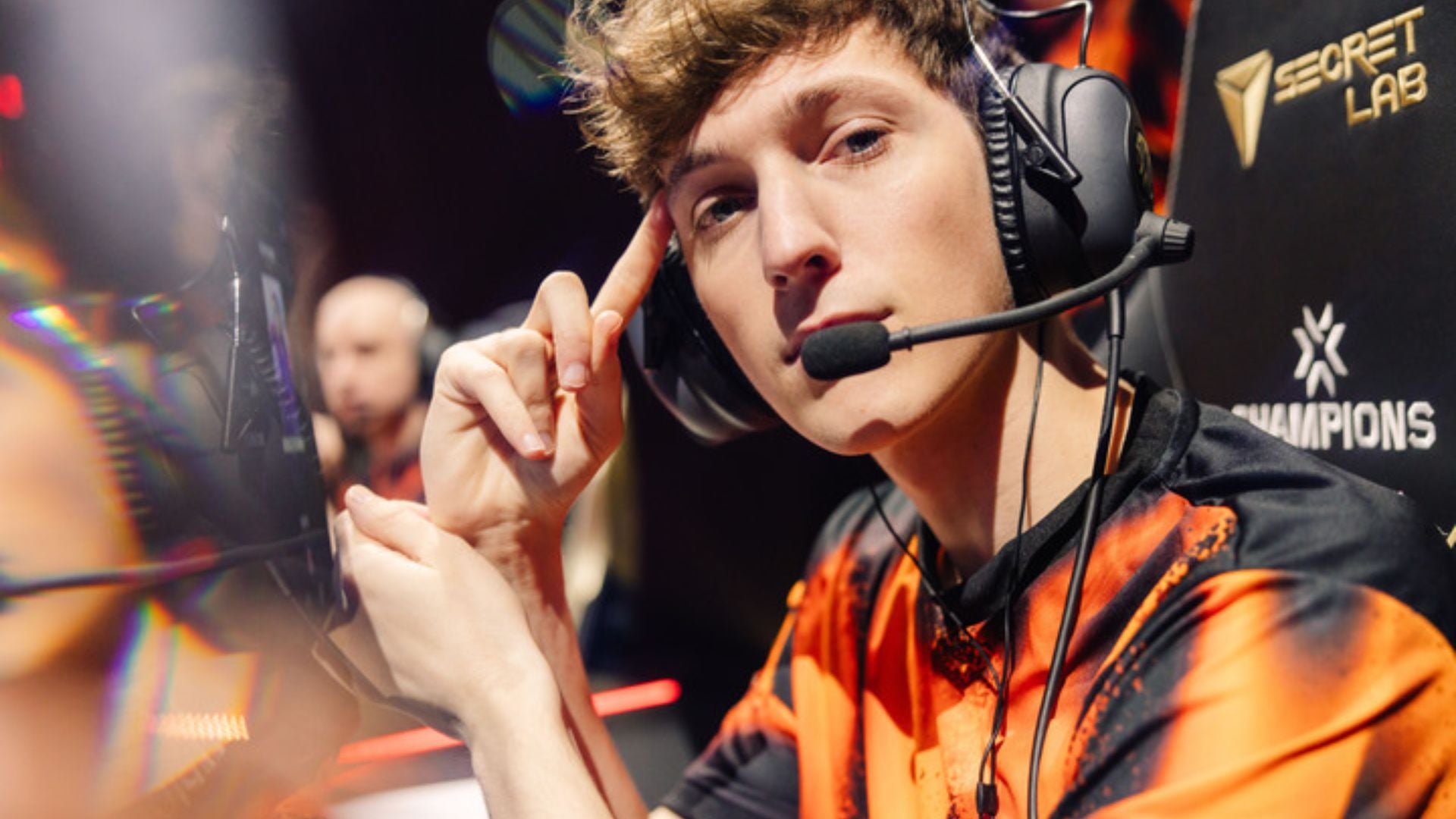
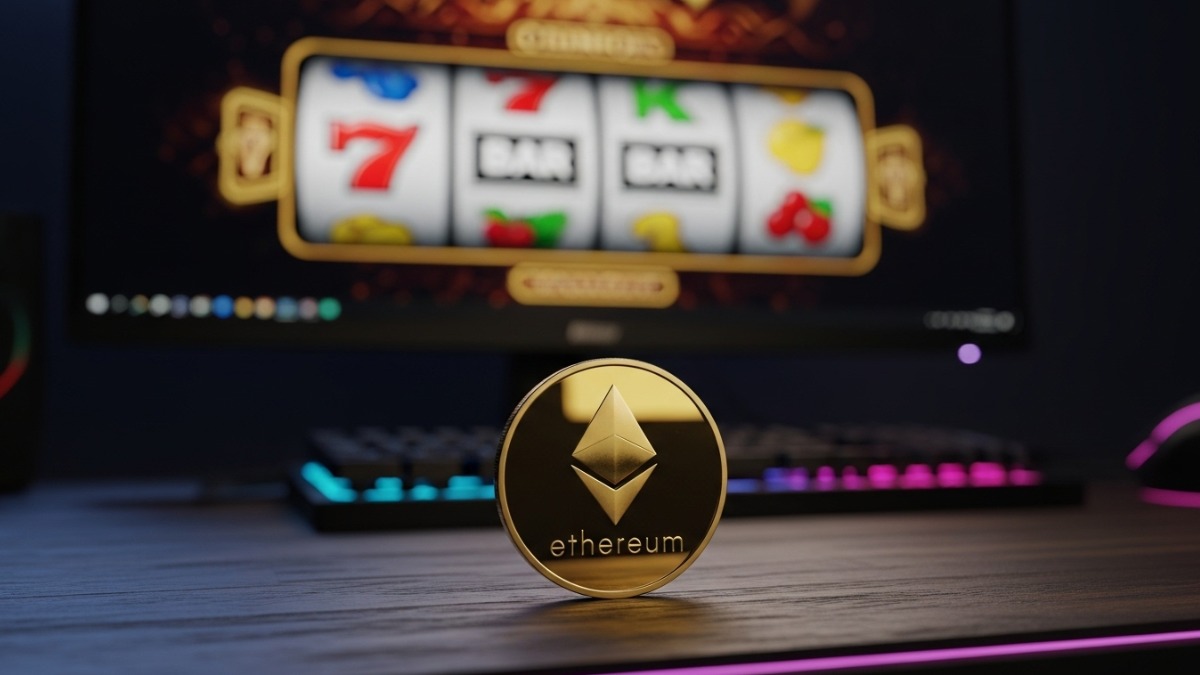
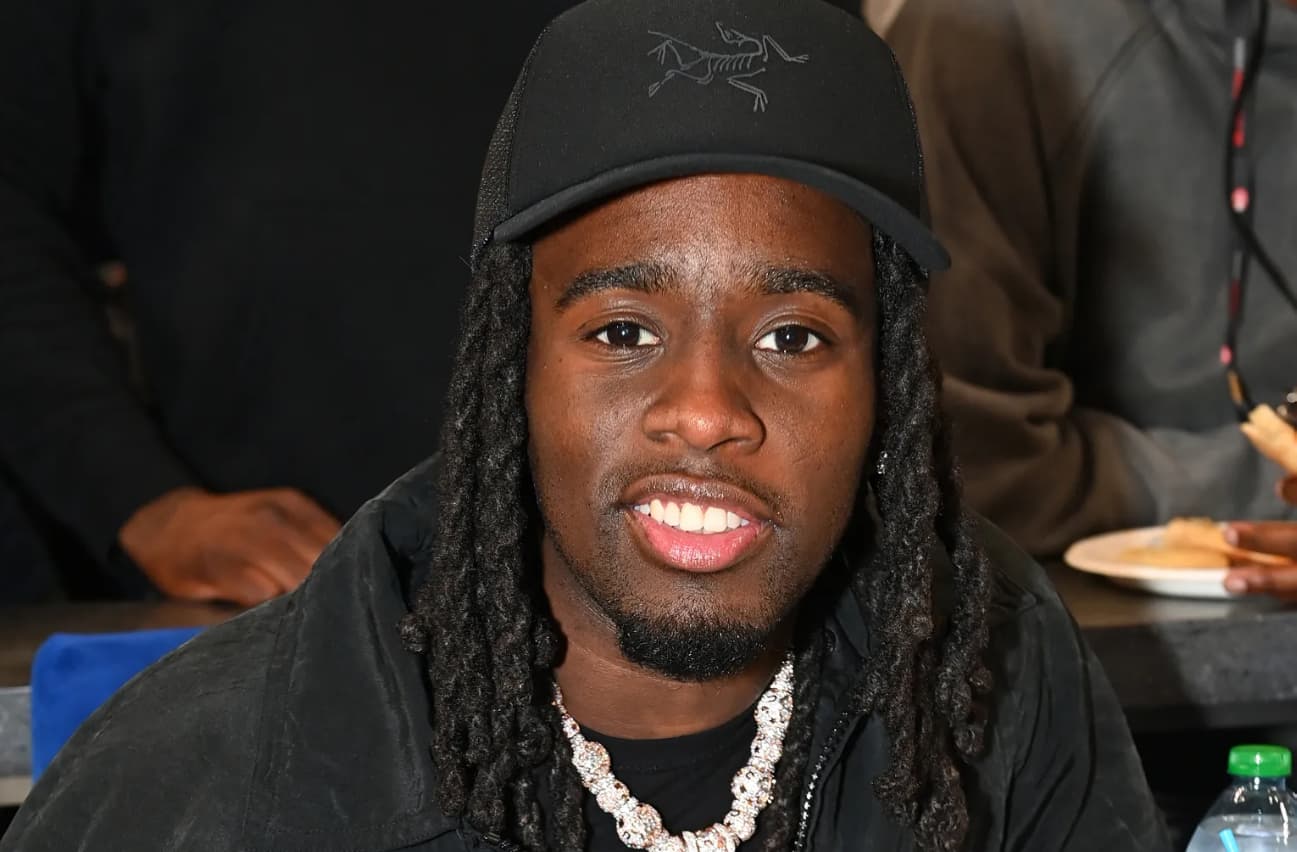
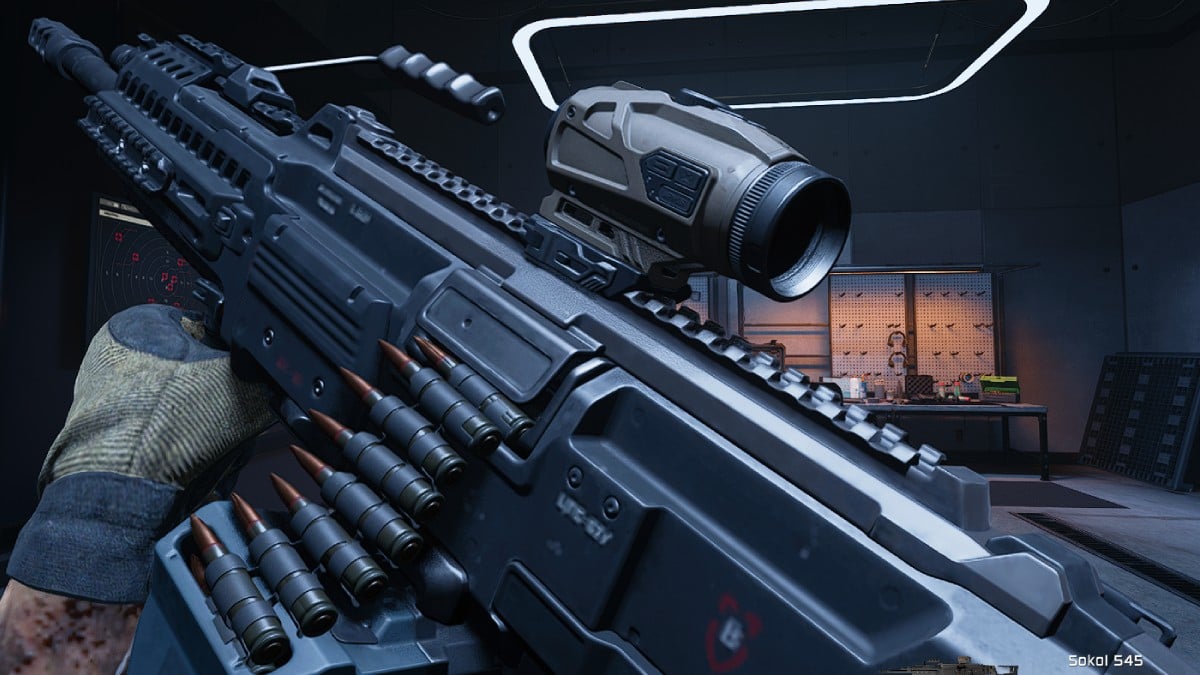

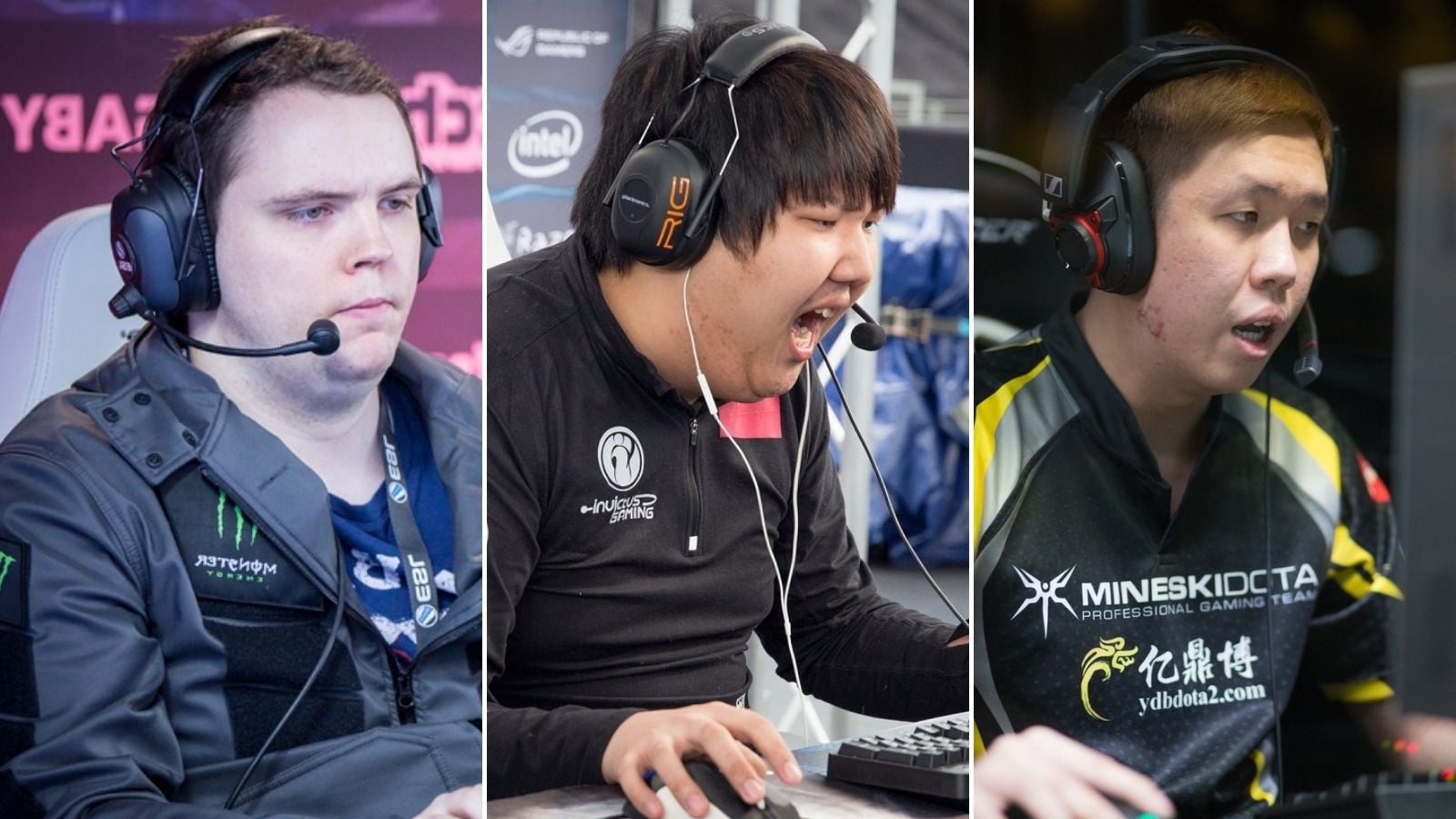
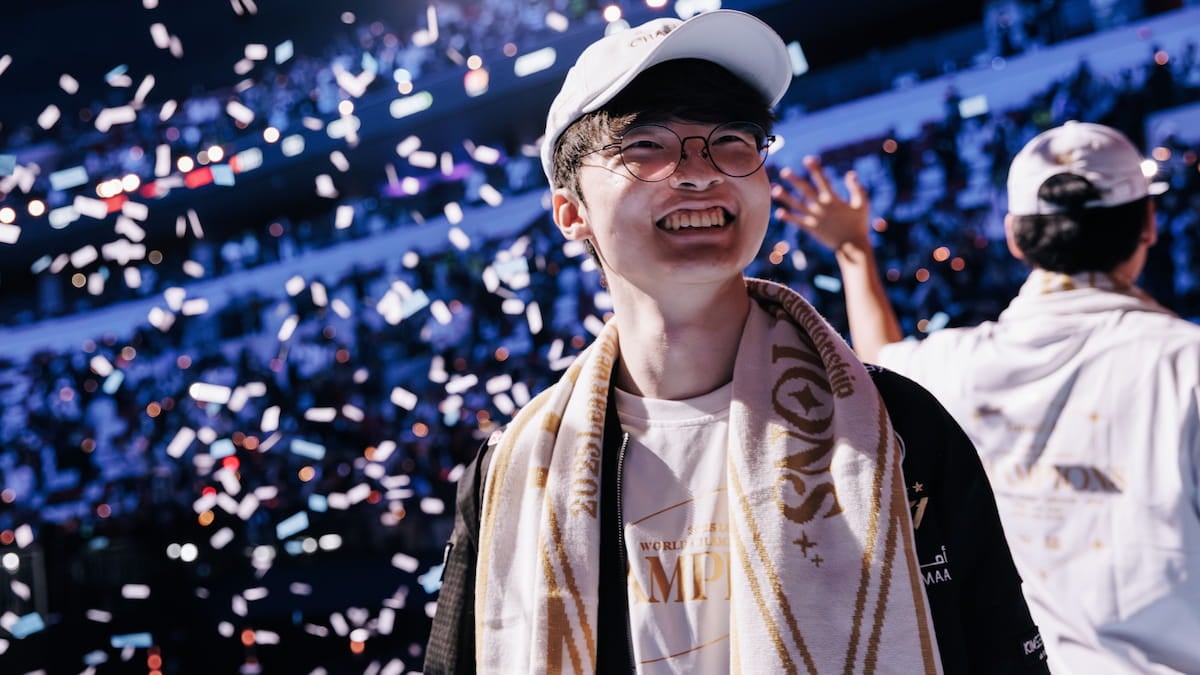
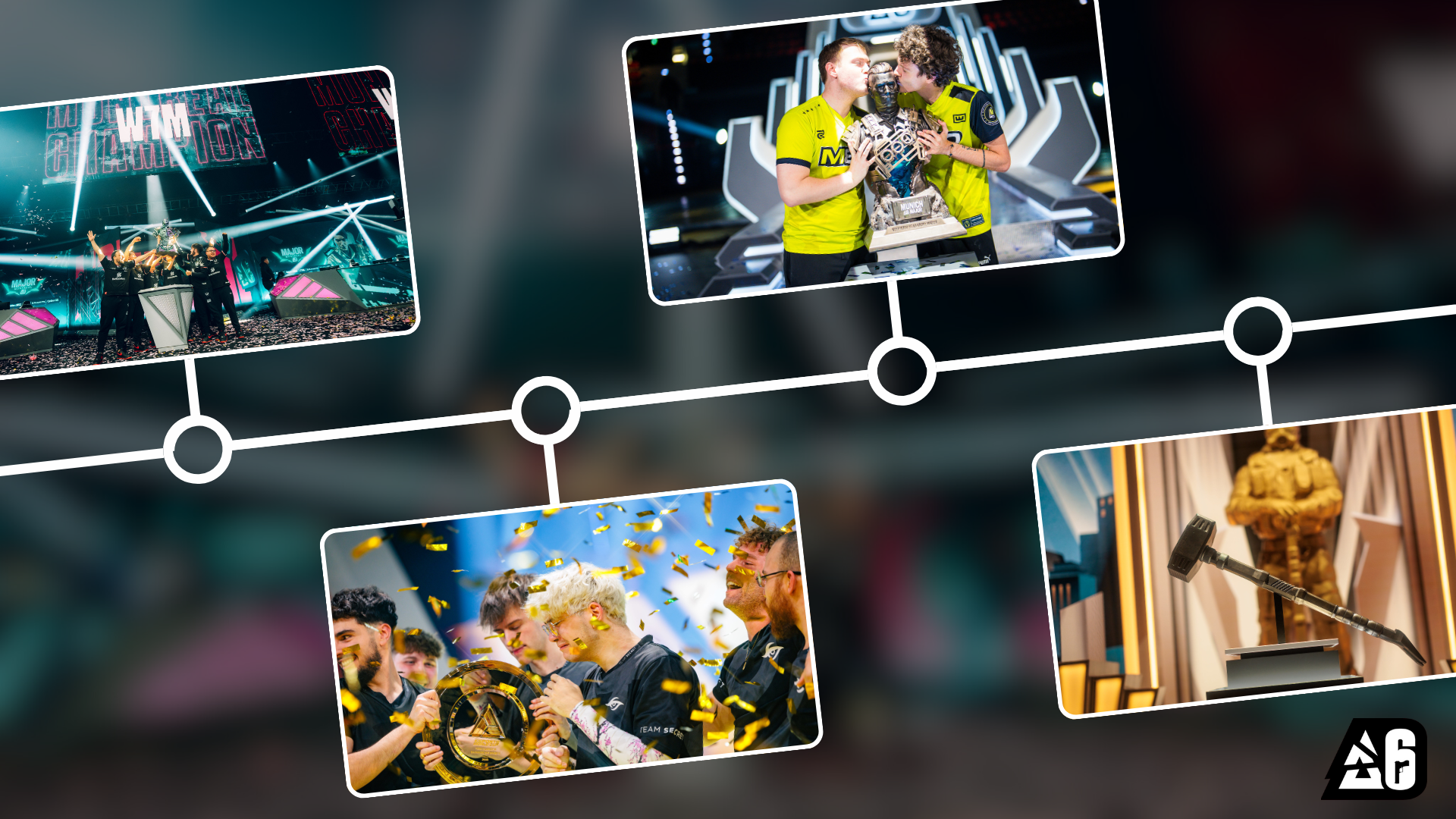
Published: Sep 8, 2015 10:48 pm